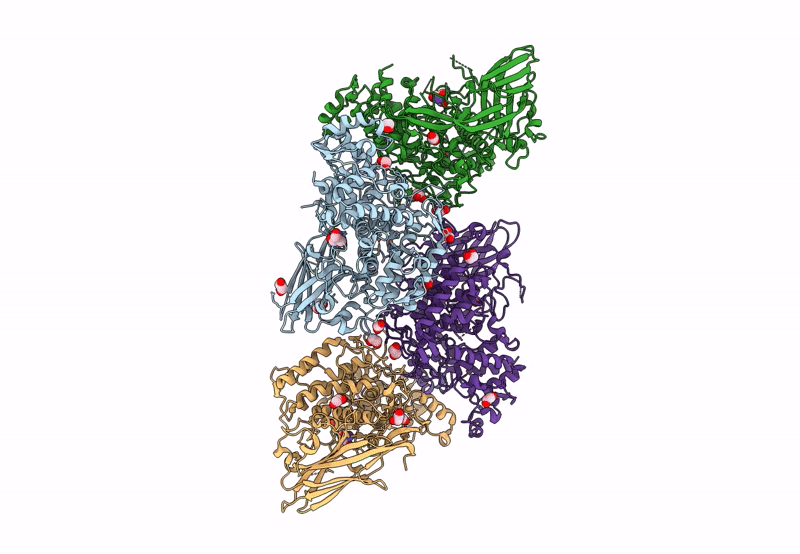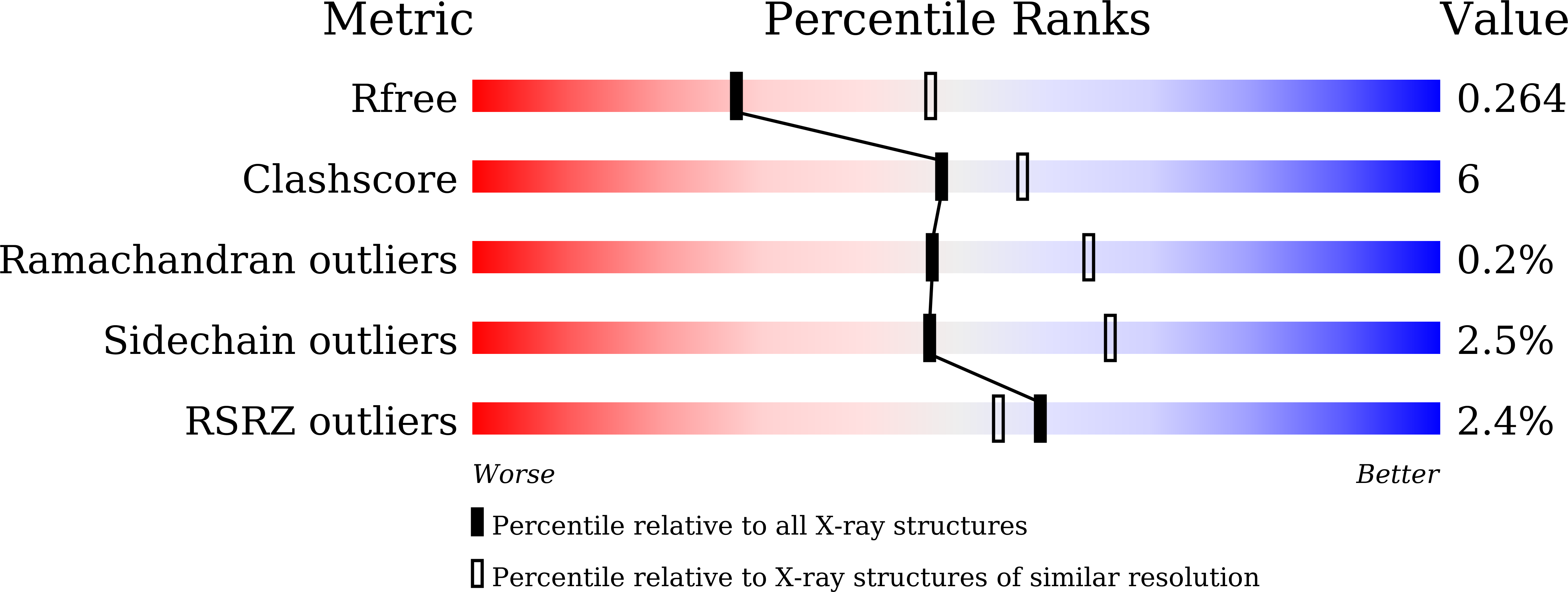
Deposition Date
2023-05-26
Release Date
2023-11-01
Last Version Date
2025-04-02
Entry Detail
PDB ID:
8JI8
Keywords:
Title:
Crystal Structure of Prophenoloxidase PPO6 chimeric mutant (F215EASNRAIVD224 to G215DGPDSVVR223) from Aedes aegypti
Biological Source:
Source Organism:
Aedes aegypti (Taxon ID: 7159)
Host Organism:
Method Details:
Experimental Method:
Resolution:
2.65 Å
R-Value Free:
0.26
R-Value Work:
0.17
R-Value Observed:
0.18
Space Group:
P 21 21 21


